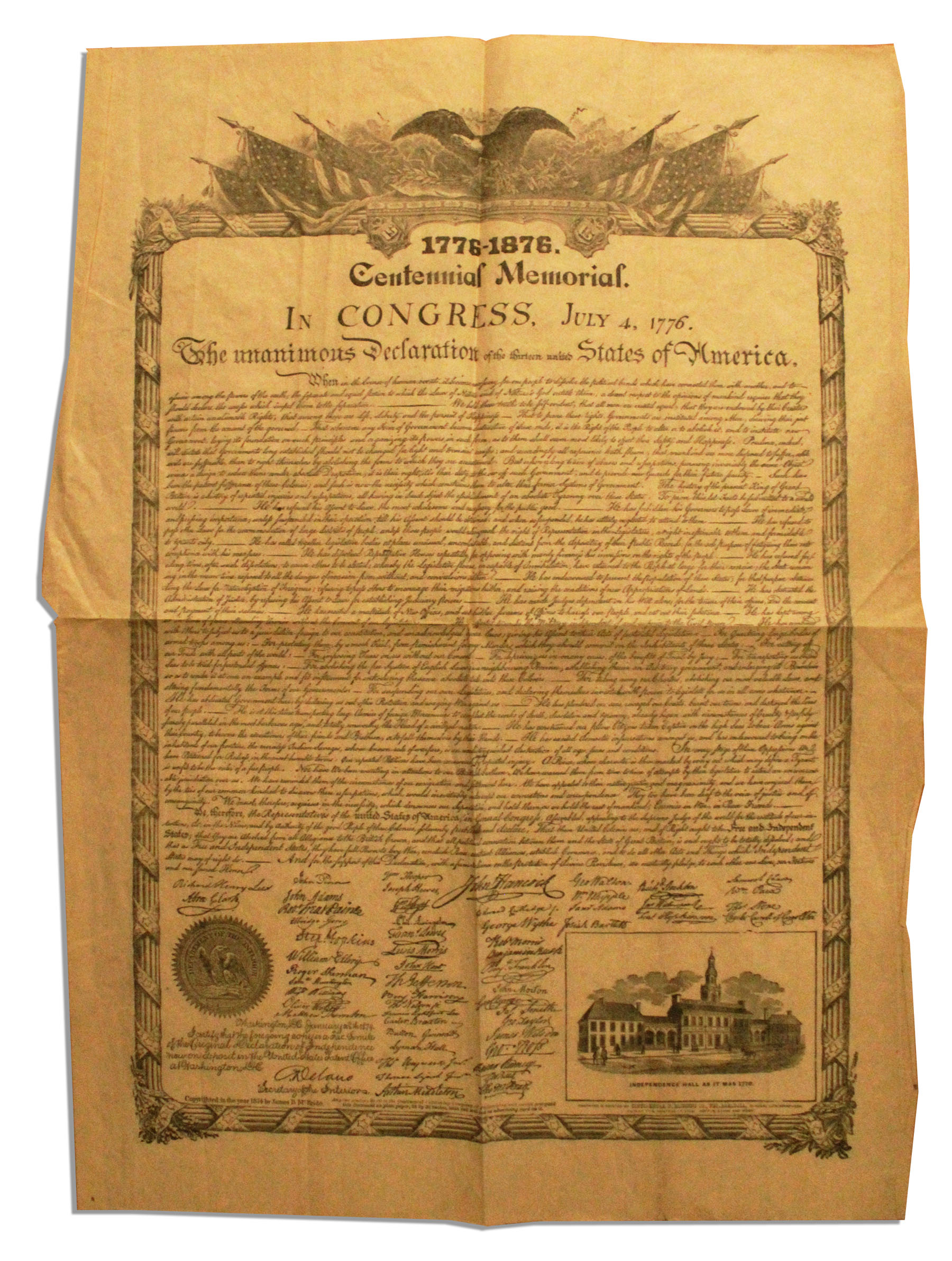

Other colonies including Rhode Island and South Carolina denounced their allegiance to Great Britain and declared that the British Parliament and King no longer had jurisdiction in their colony. In 1776, colonies began authorizing their delegates to vote for independence in documents such as the Halifax Resolves in North Carolina. While some colonists still held out hope for reconciliation with Great Britain, punitive actions of King George and Parliament towards the colonies convinced many colonists that there could be no peace with the mother country. “Common Sense” was widely published and accepted among colonists, igniting, or further fueling colonists’ desire for independence. The movement towards independence was jumpstarted by soldier and author, Thomas Paine, who published his pamphlet, “Common Sense” in January 1776, a powerful message that advocated for independence from Great Britain. At the Second Continental Congress in May 1775, while some delegates believed that independence was the best course of action, most delegates were not yet adamantly calling for independence. The Continental Congress consisted of a meeting of delegates from each colony to discuss actions that should be taken in response to Great Britain before, and later, during the war. Prior to the outbreak of the American Revolution, an important ruling body within the Thirteen Colonies was the Continental Congress, which had been formed as a reactionary measure to Great Britain’s unjust measures. As time went on, more colonists began to question the legality of Parliament’s jurisdiction over the colonies at all, with some arguing that Parliament had no jurisdiction in the colonies because the colonies had their own legislatures. One of the colonists’ main grievances waged against Parliament and these taxes was that there was no representation in Parliament on behalf of the colonies. British measures such as the Stamp Act and the Townshend Act imposed strict taxes on the colonists as a way for Great Britain to make up for the money lost from the Seven Years’ War ( French and Indian War in North America). A decade before the war began, colonists were already at odds with the British Parliament in reaction to unfair taxation and oppressive regulations on the colonies. Even after the war broke out, there was no immediate movement toward independence the war was more so a reaction to years of negative relations between the Thirteen Colonies and Great Britain. With Congress’ adoption of the Declaration, unity was felt throughout the colonies, and the Thirteen Colonies took an important step toward becoming the United States of America.īy the time the Declaration was adopted by Congress, the American Revolution had already been going on for over a year. The Declaration of Independence was a reaction to years of injustices waged by Great Britain that served to unify the Thirteen Colonies together under mutual frustrations. The Declaration was adopted at a point in time when Congress had determined that their grievances against Great Britain were irreconcilable and the majority in Congress agreed that independence was the best solution.

On July 4, 1776, during the American Revolution, the Second Continental Congress adopted the famed document drafted by Thomas Jefferson that pronounced the independence of the thirteen states, previously the Thirteen Colonies. The Declaration of Independence is one of the founding and most fundamental documents of the United States. Share to Google Classroom Added by 5 Educators

Saved Land Browse Interactive Map View active campaigns.Protect Virginia Battlefields from Massive Data Centers.Save 48 Acres at Cedar Mountain & Cedar Creek Forever.Support Outdoor Classrooms at Seven Key Battlefields.Help Preserve 64 Acres Across Three Revolutionary War Sites.Help Preserve 311 Acres at Four Historic Battlefields.Save 45 Historic Acres at the Battle of Chancellorsville.Virtual Tours View All See Antietam now!.National Teacher Institute July 21 - 24, 2022 Learn More.



 0 kommentar(er)
0 kommentar(er)
